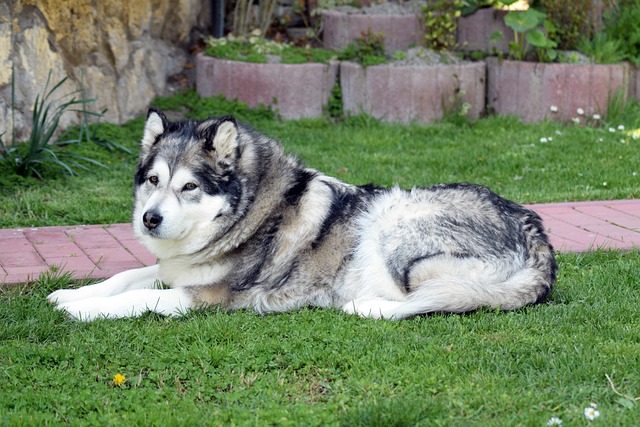
How do i train my dog to be obedient?
Watching your dog dart across the park ignoring your calls isn’t just frustrating—it can put them at risk near busy streets or public spaces.
Understanding why your dog acts afraid is the first step. Fear can stem from lack of early socialization, past negative experiences like loud noises or aggressive interactions, or even genetic predispositions. Rescue dogs often carry trauma from previous environments, while puppies may develop fears if not properly exposed to various sights, sounds, and textures before 16 weeks old. It’s crucial to avoid punishing fearful behavior, as it only exacerbates anxiety and can lead to defensive aggression.
Start by creating a safe space. Designate a quiet corner with a cozy bed, favorite toys, and maybe a piece of your clothing that smells like you. This den-like area should be a place your dog can retreat to without being disturbed. In many regions, ensuring your pet’s emotional well - being is part of responsible pet ownership laws, so investing in their mental health isn’t just kind—it’s compliant.
Gradual exposure is key. If your dog is scared of cars, start by showing them a stationary vehicle from a distance where they remain calm. Slowly decrease that distance over multiple sessions, rewarding calm behavior with treats and praise. When introducing new people, let your dog approach at their own pace rather than forcing interactions. Remember, leash laws apply in most public spaces, and using a sturdy, appropriate - length leash during desensitization helps keep everyone safe.
 Positive reinforcement training builds confidence. Teach basic commands like “sit,” “stay,” and “come” using treats and clicker training. Mastering these skills gives dogs a sense of accomplishment. Incorporate training into daily routines, like asking for a “sit” before mealtime or before opening the door. This consistent practice helps your dog associate good behavior with rewards, reducing overall fearfulness.
Positive reinforcement training builds confidence. Teach basic commands like “sit,” “stay,” and “come” using treats and clicker training. Mastering these skills gives dogs a sense of accomplishment. Incorporate training into daily routines, like asking for a “sit” before mealtime or before opening the door. This consistent practice helps your dog associate good behavior with rewards, reducing overall fearfulness.
Consider professional help when needed. A certified dog behaviorist can conduct a thorough assessment, especially if fear leads to destructive behavior or aggression. In some areas, behavior modification plans may need to comply with local animal welfare regulations. They can create a customized desensitization and counter - conditioning program, which often includes playing audio recordings of scary sounds at low volumes and rewarding relaxation.
Environmental adjustments matter too. If loud noises trigger fear, use white noise machines or play calming music during thunderstorms or fireworks. Some pet owners find pheromone diffusers, which mimic the calming scent of nursing mothers, effective in reducing anxiety. Just ensure any products you use meet safety standards and regulations in your area.
Patience is your greatest asset. Overcoming fear takes time—weeks or even months in severe cases. Celebrate small victories, like your dog looking at a feared object without cowering or taking a few steps closer during exposure training. With consistent effort, love, and proper techniques, your fearful dog can learn to face the world with more confidence.

Watching your dog dart across the park ignoring your calls isn’t just frustrating—it can put them at risk near busy streets or public spaces.

New puppy owners often find themselves rushing to clean up accidents before they set in, and that’s where puppy pad training becomes a game-changer.

If you've noticed your dog's waistline disappearing and your veterinarian has mentioned those few extra pounds, your first instinct might be to simply reduce the amount of food in their bowl.

Training a dog to use a designated spot indoors isn’t as daunting as many new owners fear, but it does take consistency and an understanding of your pet’s needs.

That moment of dread on a walk is all too familiar for many new dog owners. You see another dog approaching down the sidewalk of your neighborhood

If the sight of another dog on your neighborhood walk makes your heart sink as your own dog erupts into a frenzy of barking and lunging, you're not alone.